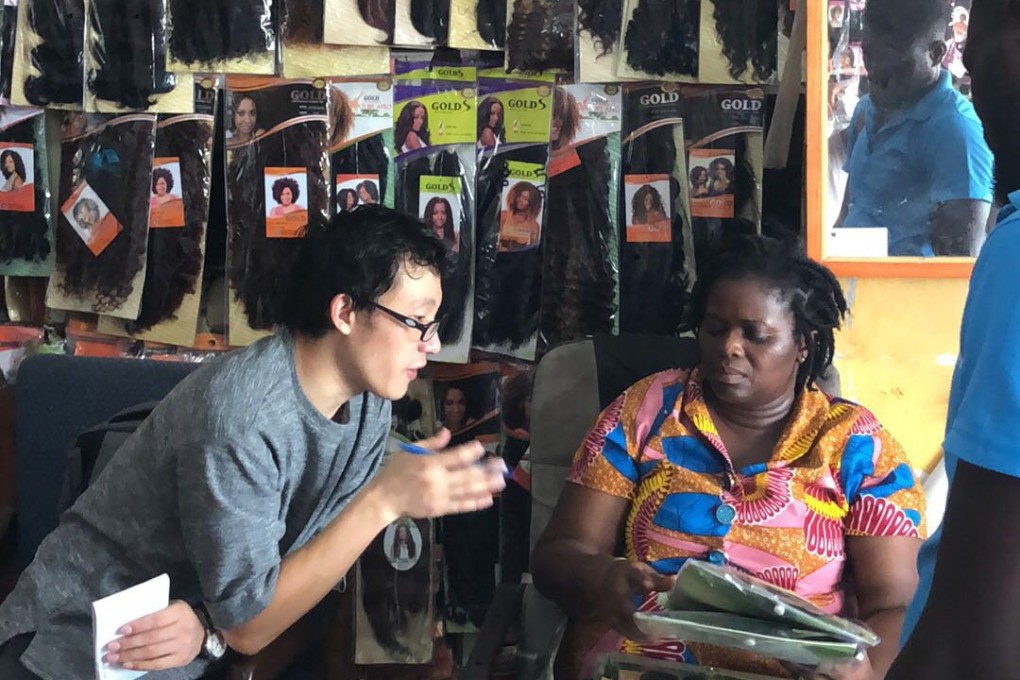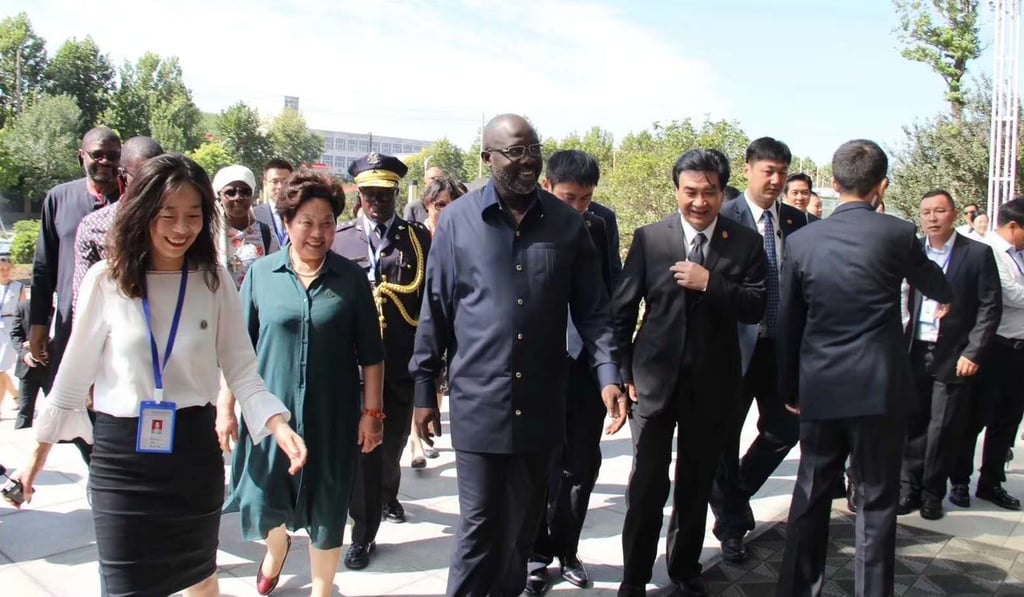Africa’s new-found fondness for hair extension offers cover to Xuchang, China’s hub for wigs and weaves, as US tariffs loom
- Xuchang’s wigs industry has ballooned and was worth US$1 billion in exports by 2016, while China is the largest exporter of human-hair products globally
- Africa is the second-largest destination for Chinese wigs, making up 37 per cent of the overall market, just behind the US’s market share of 39 per cent

George Weah, the former AC Milan footballer who became president of Liberia in early 2018, made an unusual detour when he was in Beijing last September for the Forum on China-Africa Cooperation – he made a side trip to Xuchang city in the central Henan province.
Accompanied by his first lady, the couple visited Henan Ruimei Hair Product in Xuchang, a city of 4.3 million people sandwiched between Henan’s provincial capital Zhengzhou and Kaifeng, where Clar Marie Weah tried on a black, US$500 handmade wig.
“They definitely helped boost our brand image in Africa,” said Henan Ruimei’s general manager, Ding Renhe, in an interview with the South China Morning Post, speaking of the visit by the former Fifa World Player of the Year and only African winner of the Ballon d’Or, and his wife. “The potential of traditional export markets like the US and Europe has already been fully exploited, but Africa is still filled with opportunities.”
The Liberian president has good reason to be in Xuchang, dubbed China’s “wig capital” for its dominance in the global industry of wigs, weaves, hair extensions and all manners of headpieces. Starting in the early 1990s, when German merchants bought hair from the area to turn into headpieces, Xuchang’s wigs industry has ballooned and was worth US$1 billion in exports by 2016. Henan Rebecca Hair Products, the world’s largest wig producer, and endorsed by Chinese actress Fang Bingbing, is a hometown champion.

The city is home to more than 200 wigmakers employing more than 300,000 workers, according to official statistics.
Africa is the fastest-growing market for Chinese wigmakers, catching up with the bigger US market, due to improving living standards, especially among West African states, burgeoning e-commerce and Beijing’s Belt and Road Initiative.